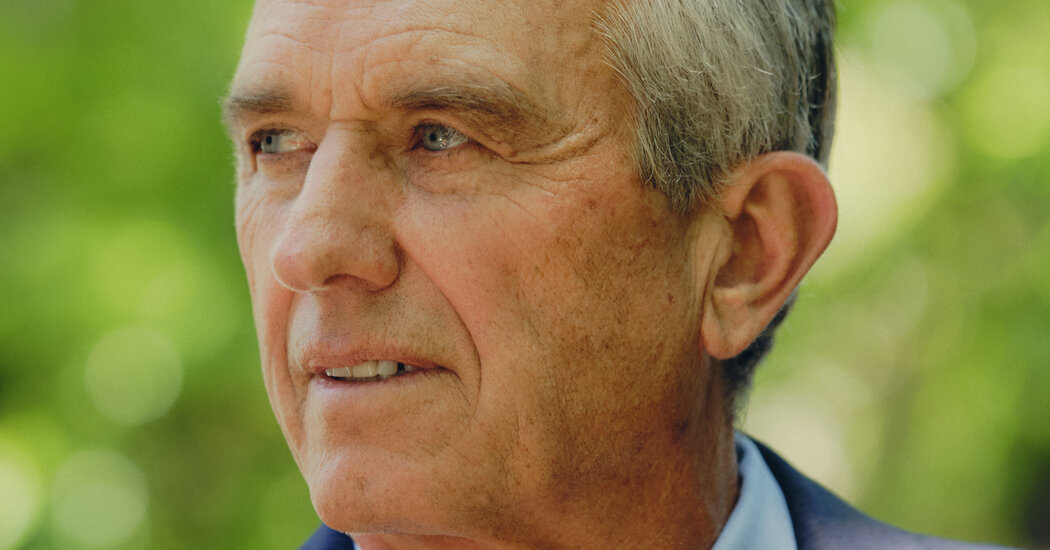Honoring the Body Donors Who Are a Medical Student’s ‘First Patient’
Similar scenes played out across the country this spring as medical, dental and physical therapy students assembled to offer tributes to whole-body donors and their families. At the ceremonies, students perform music, light candles, read letters and share art. (A heart diagram from Ms. Zhang’s anatomy studies, overlaid with her whimsical drawings of books, tree roots and human figures, was projected behind her as she spoke at Columbia.) A nondenominational spiritual leader often plays a role. Sometimes a tree designation or an offering of flowers to a donor’s family is included.
It is not clear how many people in the United States donate their bodies for medical research and education, though estimates suggest that about 20,000 people or their families do so each year. Criteria vary by program and by state; generally anyone over 18 can become a donor, though people with certain transmissible diseases, such as hepatitis B or C, tuberculosis, H.I.V. or AIDS, are typically excluded. Many programs also exclude bodies that have been autopsied or have had organs removed for donation.
Even with the introduction of elaborate 3-D visualization software, dissection remains a cornerstone of a medical education for most first-year students, as it has for centuries. Students spend months methodically studying the structures of the body, including organs, tendons, veins and tissue. The experience teaches more than the foundations of medicine. Treating the donor, who is viewed as a doctor’s first patient, with respect and care gives students a grounding in ethics and professionalism, said Joy Balta, the chair of the American Association for Anatomy’s human body donation committee.
Recognizing a sacrifice
Body donation is a selfless act by the donors, as well as by their families, who can wait as long as a couple of years to receive the ashes. The memorials, often called ceremonies of appreciation or gratitude, recognize the sacrifice.
“You’re able to think about the donor that you’ve been working with,” said Dr. Balta, who is also the director of the Anatomy Learning Institute at Point Loma Nazarene University in San Diego. “These are people,” he added, “that donated their bodies, that wanted you to work with them to improve science and health care.”


